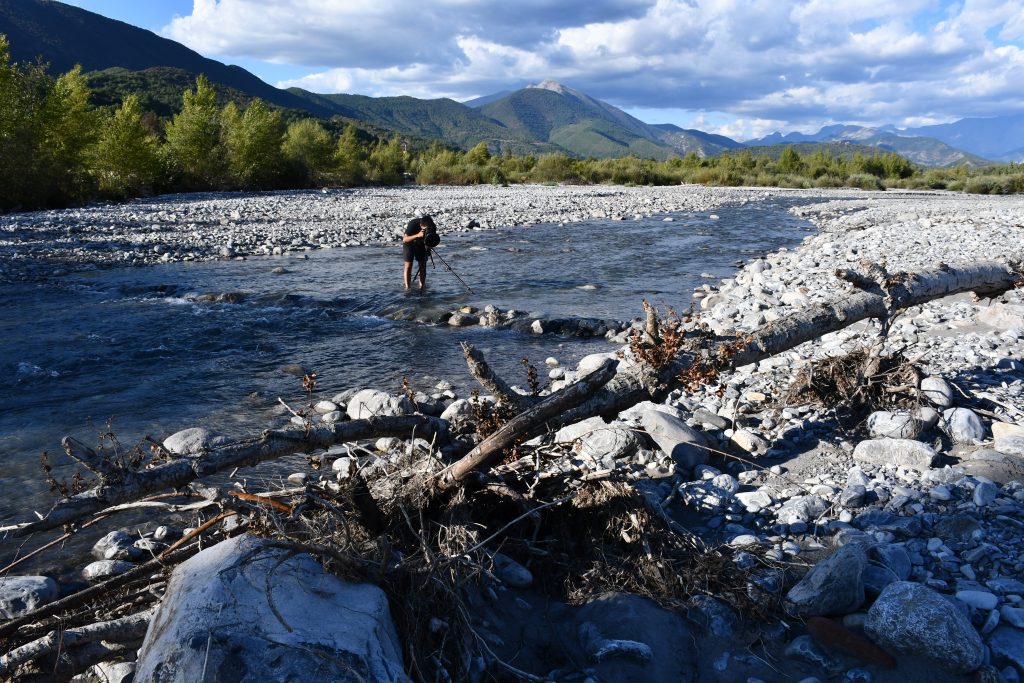From July 13 to August 2, 2020, CAIRN hosted Francisco Navarrete Sitja
Francisco Navarrete Sitja’s research is part of socio-cultural and geographical dynamics. One of his favorite themes is the concept of “Chilean Switzerland”. Initially used around 1930-1950, the “Chilean Switzerland” delimits the Araucania region (whose capital Temuco is located 640 km south of Santiago de Chile). Based on the notion of “virgin nature”, the concept of “Chilean Switzerland” has spread through various graphic and literary representations. Francisco Navarrete Sitja’s work questions the stereotypes of landscapes and the historical analogy that this notion has established between Chilean and Swiss geography, contributing over time to redefine the Araucanian territory and its collective memory through European landscapes. He explores this duplication of landscape scenarios in Chile and the impact of the homologation of this concept on social-territorial imaginaries, in an attempt to reveal how it has contributed to “nationalizing nature” and obscuring the Mapuche culture. Francisco Navarrete Sitja is participating in two field experiments in 2019: the first was in the cantons of Vaud and Valais in Switzerland, and the other in southern Chile. He will immerse himself in the “Alpine” and “Araucanian” experience, in order to explore, thanks to the stories and elements collected (photos, archives, drawings, texts, diagrams, collages, legal documents, video and sound fragments… ) the analogies and stereotypes of the two territories. All this material will be used to produce a video essay and a publication. Francisco Navarrete Sitja’s residency at CAIRN art center is a creative aid for the development of this project.

Francisco Navarrete Sitja studied visual arts at the State University of Chile, and fine arts at the University of Barcelona. He is a graduate of the independent study program of the MACBA, Museum of Contemporary Art of Barcelona MACBA. He currently participates in the international TSOEG network “Temporal School of Experimental Geography” (UK) and is co-director of L’Aquila Reale: Centro d’Arte e Natura di Civitella di Licenza in Valle Dell’Aniene, Italy. He has exhibited throughout the world, alone and in groups, and has participated in numerous residency programs.

